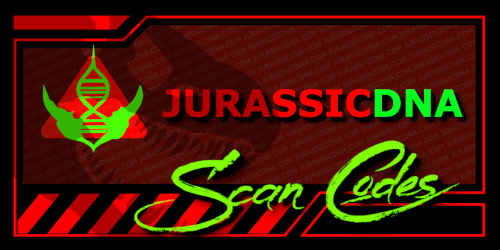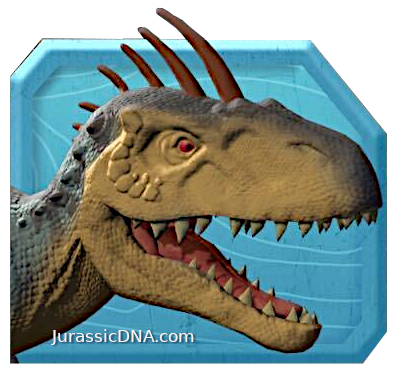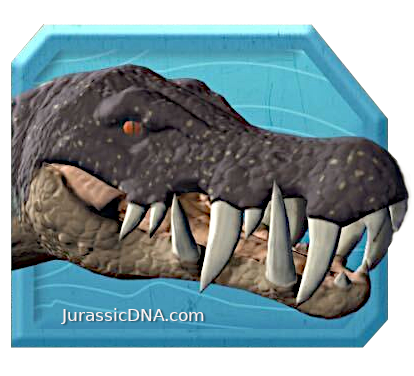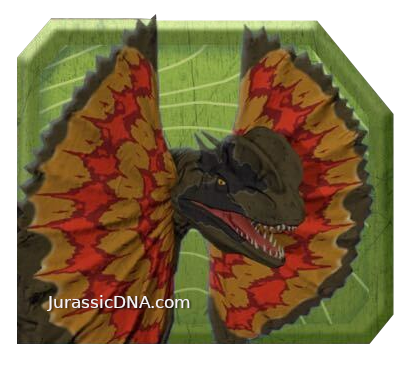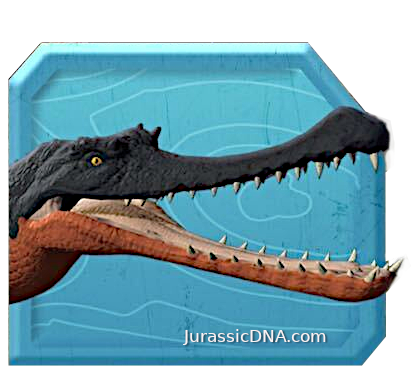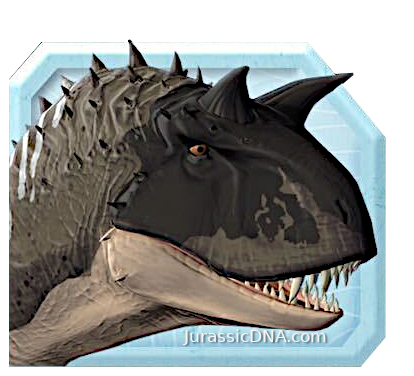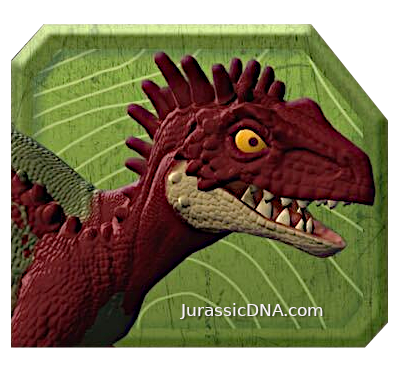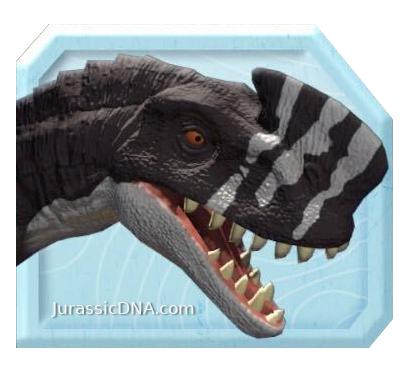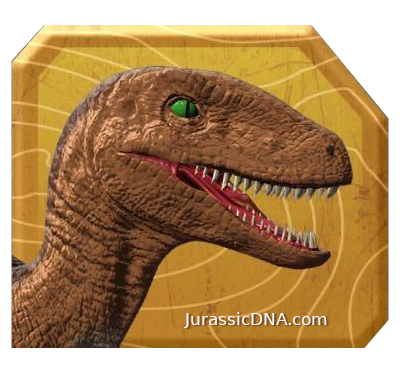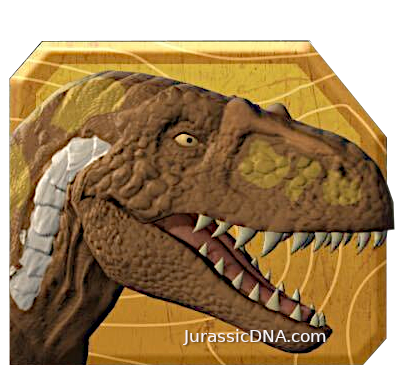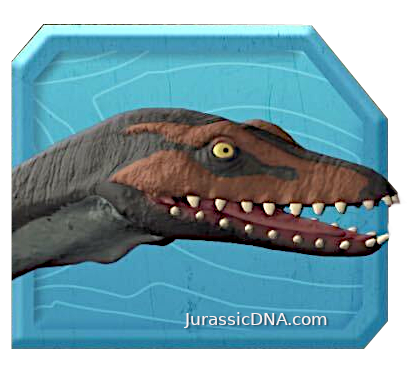Neovenator
“Neo means New and Venator means Hunter. So basically we have a new hunter dinosaur on the loose in the park. Everyone be careful!” – Claire Dearing Neovenator is a genus of theropod dinosaur that lived during the Early Cretaceous period, around 125 million years ago. It belongs to the group of dinosaurs known as […]
